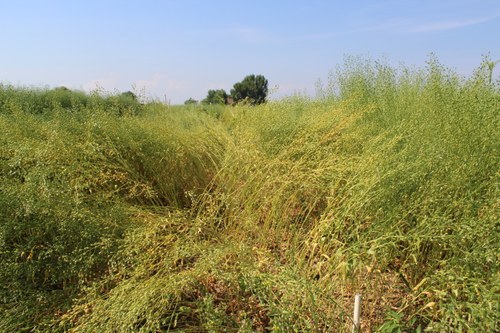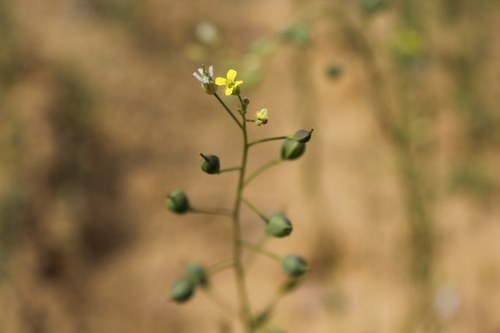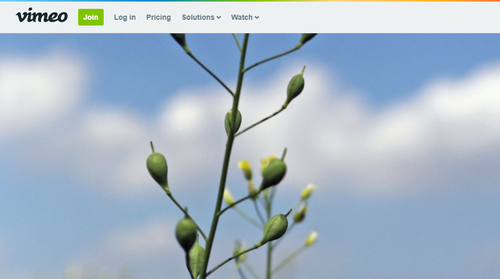
The actual shortage in the domestic production of vegetable proteins and oils for food/feed applications is leading Europe toward a dramatic crisis in relation to the strict dependence on import. In this scenario, among others, short chain n-3 fatty acids (e.g., α-linolenic acid) are considered essential fatty acids for humans and food-producing monogastric animals, therefore their demand for dietary formulations is rapidly growing.
All this, together with the increasing need of European farmers for crop diversification, paves the way to the introduction of the new multipurpose oil crop, Camelina, sourcing valuable feedstock for animal feeding.
From the agronomic point of view, camelina is characterized by low agricultural input requirements, resistance to common pests & diseases, and tolerance to different abiotic stresses. The wide environmental adaptability confers an enormous advantage to camelina, over other emerging oilseed crops, for the inclusion into traditional cropping systems, primarily based on cereals.

Typically, Camelina oil presents a n-3/n-6 ratio ( -linolenic/linoleic) fairly good for human health, but its high proportion of linoleic acid (LA) easily induces oxidation. Furthermore, n-3/n-6 ratio of camelina is highly dependent on the environmental conditions where the plant is grown.
New camelina lines with enhanced oil quality have been recently selected with an improved n-3/n-6 ratio, which associates to better final oil quality in terms of health and oxidative stability (lower PUFA).As all Brassicaceae, camelina seeds contain several antinutritional molecules, among which glucosinolates (GLS) are the most undesirable compounds, limiting the use of the cake in animal feeding since they could cause goiter, esp. in monogastrics.
Recently, by classical breeding, a new camelina line with reduced GLS content has been released thus permitting an increased inclusion of cake in monogastric diets: this allows higher valorization of camelina by-products and increased final healthiness of produced eggs and meat (i.e. higher content of n-3 FA & antioxidants).

Jack Grushcow (Smart Earth) and Federica Zanetti (Distal, Unibo) talk about Camelina, its potential use to produce oil and animal feed and its low environmental impact cultivation. Click to watch the video on Vimeo.